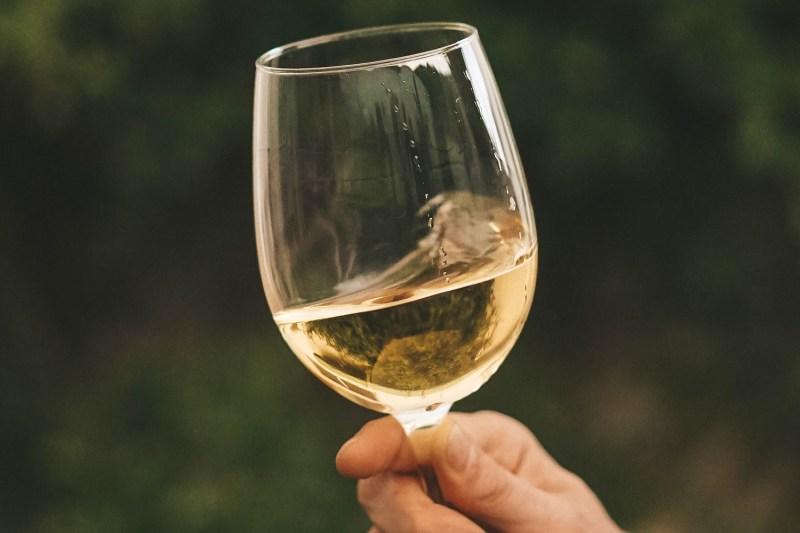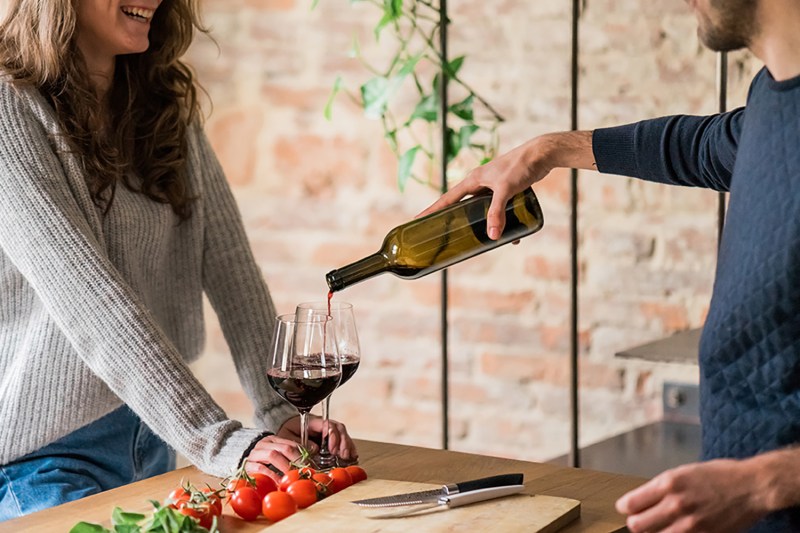
As Oktoberfest comes to a close and chillier days set in, our taste in beer changes. The refreshing lagers and session ales of midsummer no longer cut it. Heavier fare starts to pile up on kitchen tables and beer either has to stand up to its new surroundings or yield to wine (or whiskey) completely.
While not quite as misunderstood as its cuisine, German wine is certainly overshadowed and inaccurately generalized. We tend to categorize the large European country somewhere between pilsner and pretzel on the spectrum of gastronomy. As the tenth-largest wine producing nation on the planet, though, Germany is much more than a capable producer of Rieslings.
Not that there’s anything wrong with Germany’s most famous variety. In fact, there’s not much out there quite like a good Riesling. Many Americans assume Riesling will always be a candy-sweet affair fit for grandmothers and dilution by way of ice cubes. Not so. The best German Rieslings are dynamic, often dry with a bright and piercing quality. When you smell a Riesling, it immediately reveals itself as such, with that classic fragrance combo usually made up of stone, citrus, honeycomb, and petrol.
Riesling is deceptive. It so often smells sweet, before delivering a bone dry and acidic punch so deep and satisfying that you feel it in your soul. It’s incredible with farm-y cheeses and pasta and can even cut nicely into spicy fare like Thai and Indian. And it covers such a wide style and flavor expanse that it’s worth further exploration. If you had a mediocre experience with an average Riesling in the past, put it out of mind. There’s a sweet spot for everybody within the dynamic arc of this legendary wine.
There are other great options, too, in both the white and red families of wine. The Germans have been making the stuff since 100 BC or so, thanks to the expansive and wine-guzzling Roman empire. Prior to the sweet Riesling epidemic of the latter 20th century, Germany was considered by many to be on par with France as an enological power. With its diverse landscape and ability to produce grapes with immense structure, it’s easy to still hold it in such high regard.
This October, bypass the lager and honor genuine German tradition with one of its many tasty wine options. Here are five varietals to start with.
Riesling

Look to famous regions like Mosel and Pfalz for great wines, good values, and the occasional library gem (it ages quite well for a white wine). The VDP is a great place to begin your quest through the nation’s most famous wine type.
Pinot Noir
Or, as the Germans tend to call it, Spätburgunder (say it aloud, you won’t regret it). Recall that the variety is notoriously picky and prefers cooler climates. Many great German regions offer just that, leading to lean, focused but flavorful wines Burgundy would be proud of.
Müller-Thurgau
The ultimate German table wine; as friendly as a Bavarian host. Whether you’re looking for something simple, refreshing, and food-friendly or something grassy and fruit-driven, Müller boasts an impressive batting average, not to mention fantastic bargains.
Trollinger

Grown on steep and sunny hillsides in the southwestern corner near Stuttgart, Trollinger is a red variety of German and Italian heritage. While you can find some interesting stand-alone versions, it’s often blended quite deliciously with other reds like Blaufrankisch for added character and some of those misty, forest floor flavors we like to associate with autumn (or even some Gamay Noirs).
Pinot Blanc
Also known as Weissburgunder (just say all of these out loud), this is relative of Pinot Noir is floral and bring subtle tropical fruit flavors to the fore. Some of the best and most famous versions hail from the southern part of the country and offer great depth and added character from time spent in the barrel. Some comes out of the Mosel but it really seems to thrive in regions like Pfalz and Baden.
Editors' Recommendations
- What is a barrique? Exploring wine’s most popular barrel size
- This popular wine doesn’t taste great mid-flight (and more secrets that Delta Air Lines’ sommelier revealed)
- A beginner’s guide to sherry wine, an incredibly misunderstood drink
- A red wine guide for beginners (and 12 options to try)
- Canadian wine is better than you think: A tasty guide for this little-known gem


